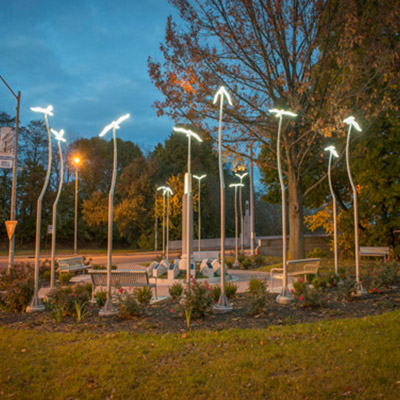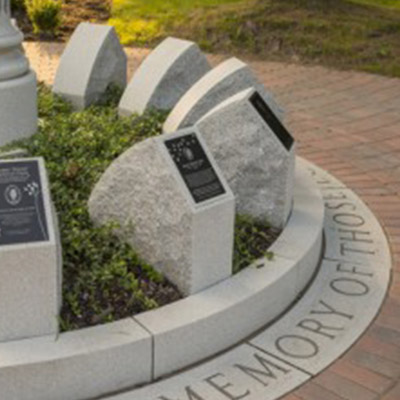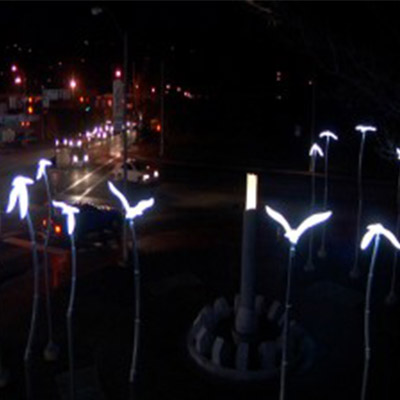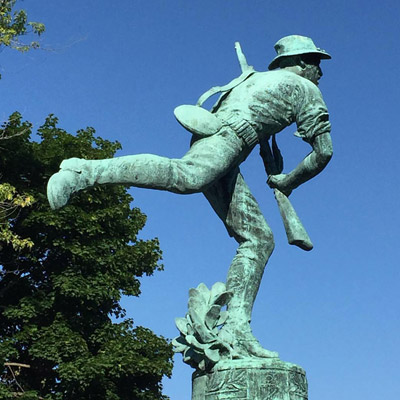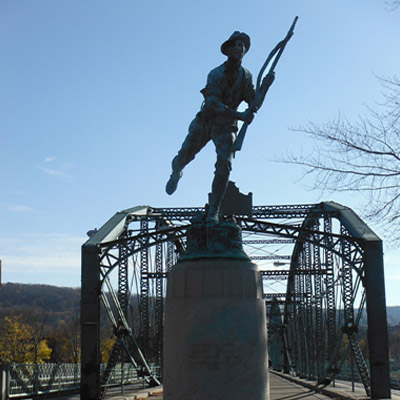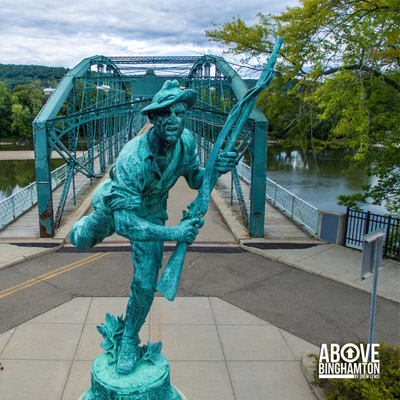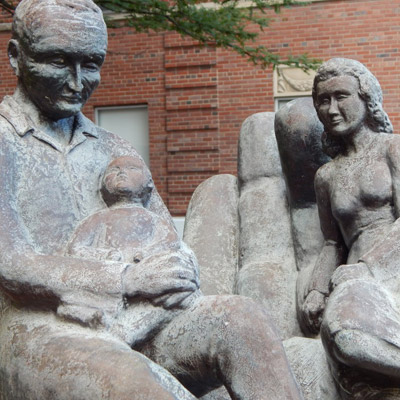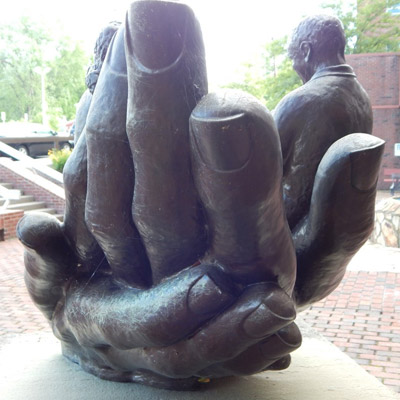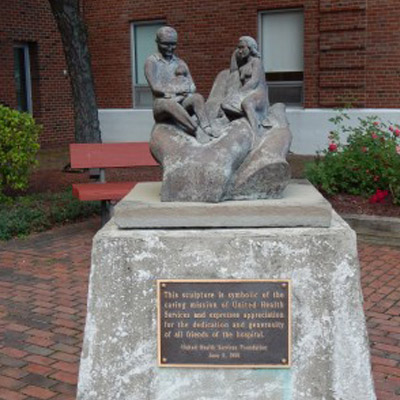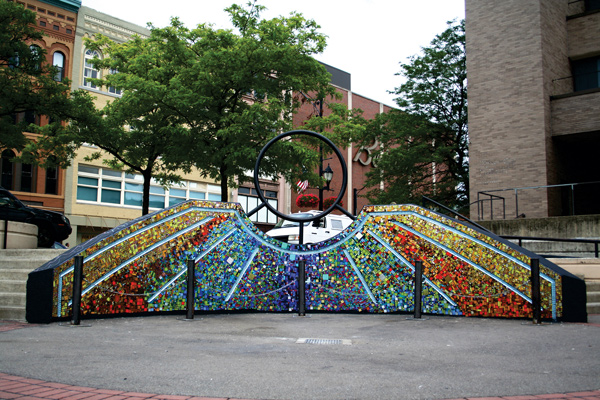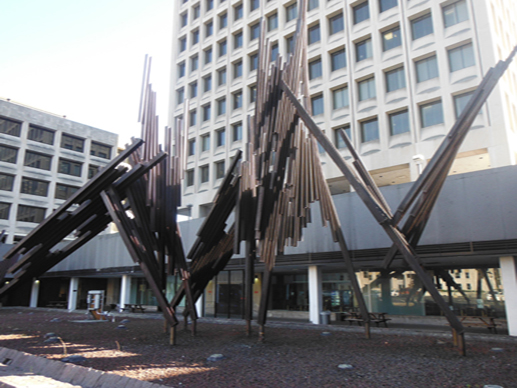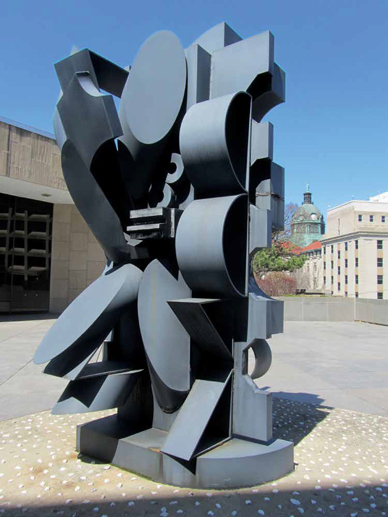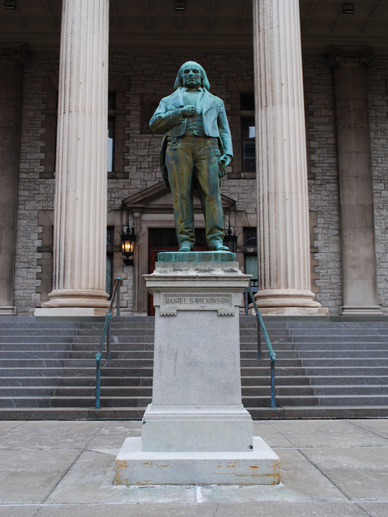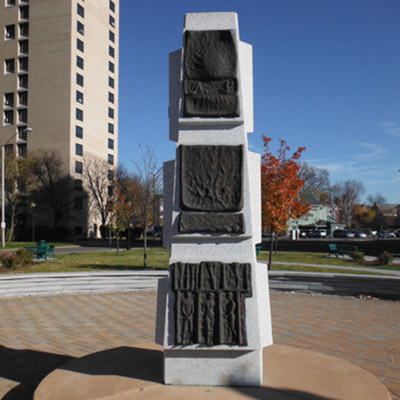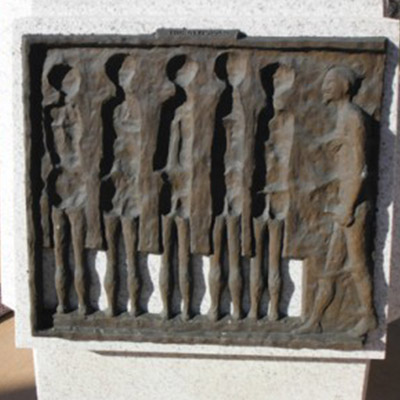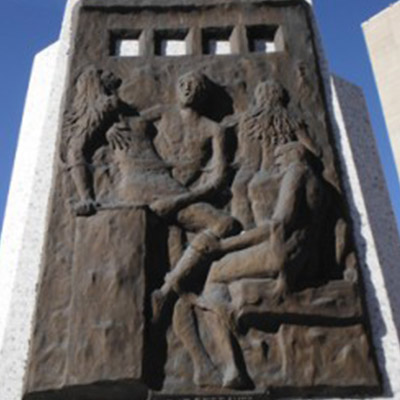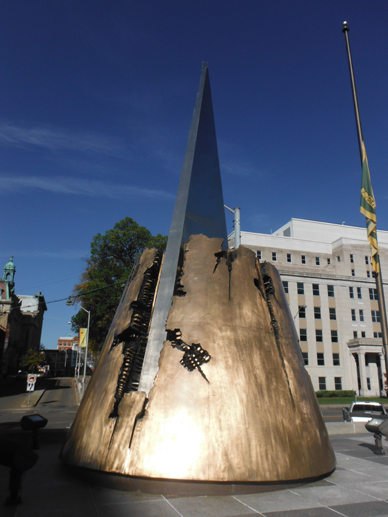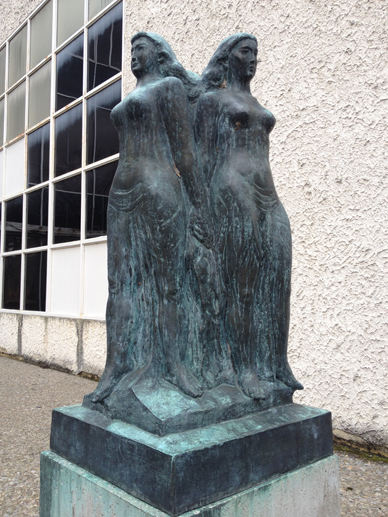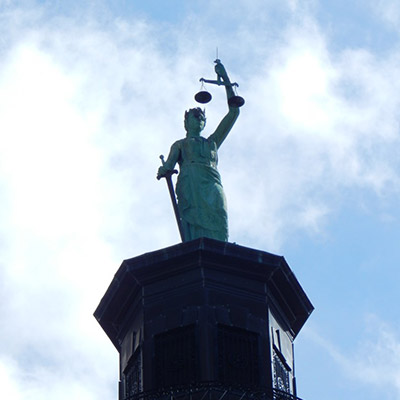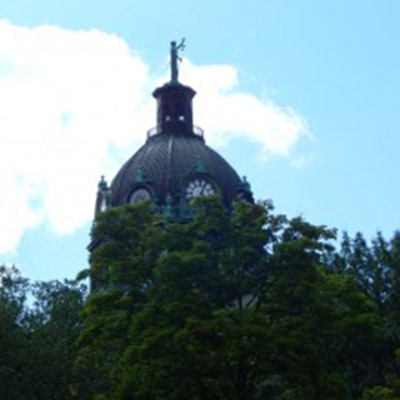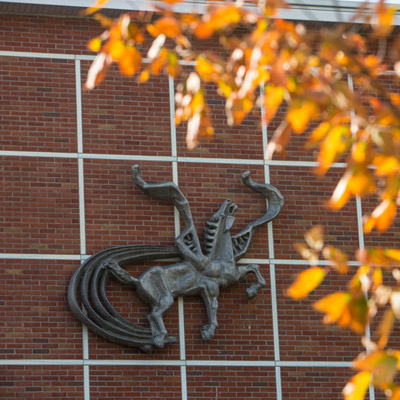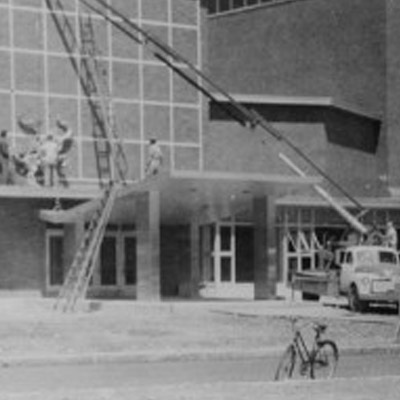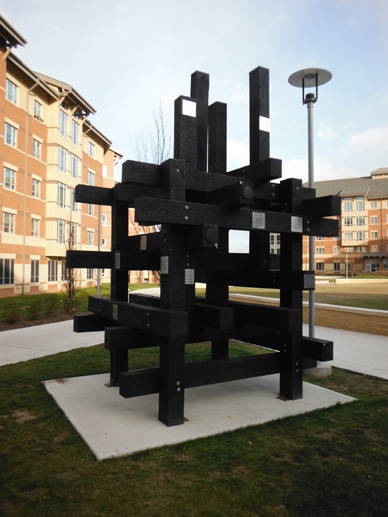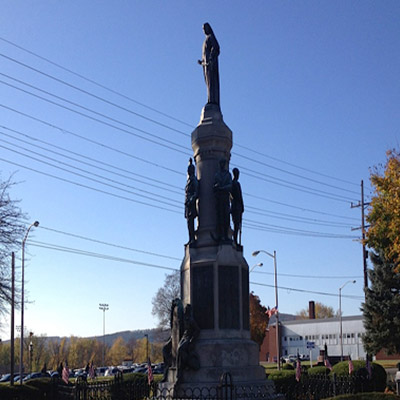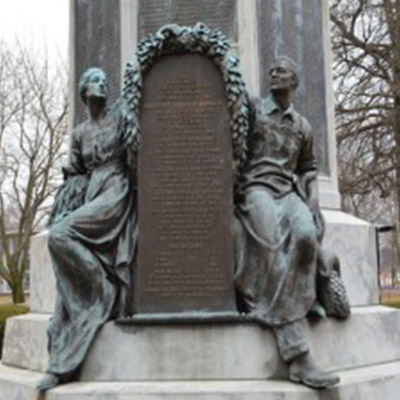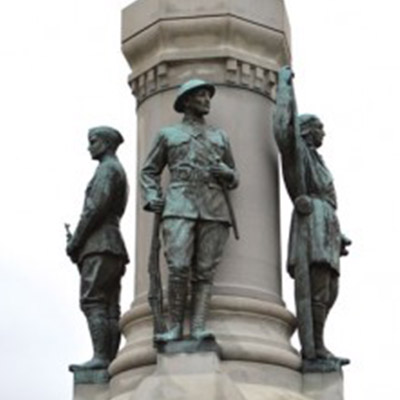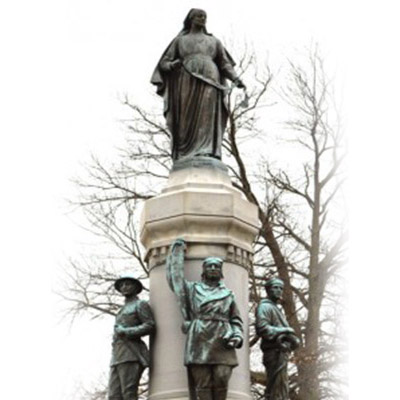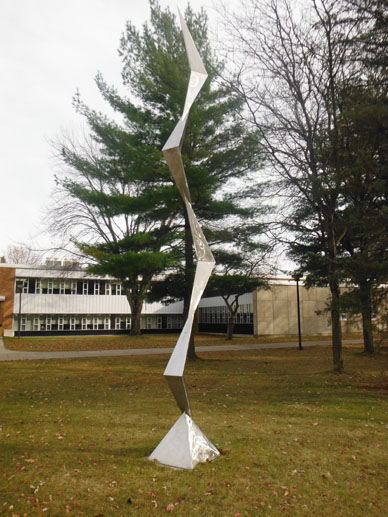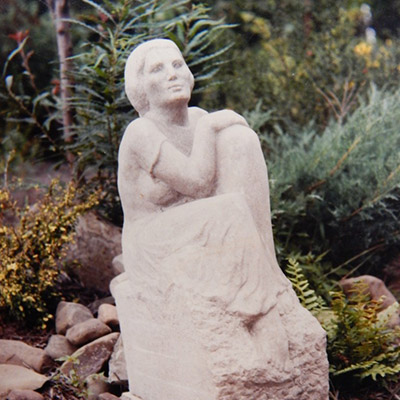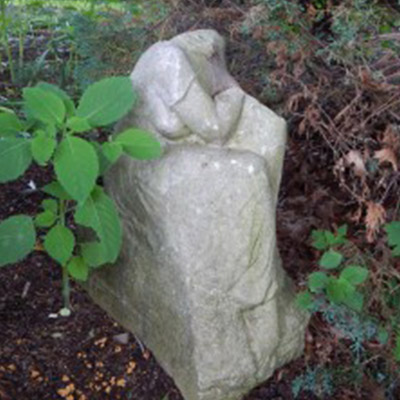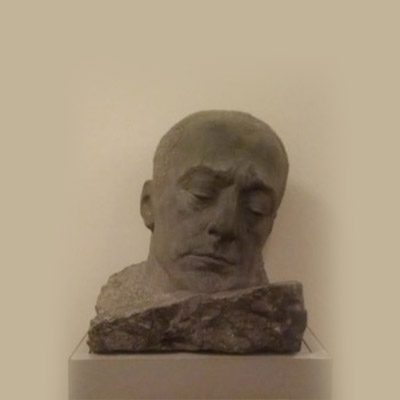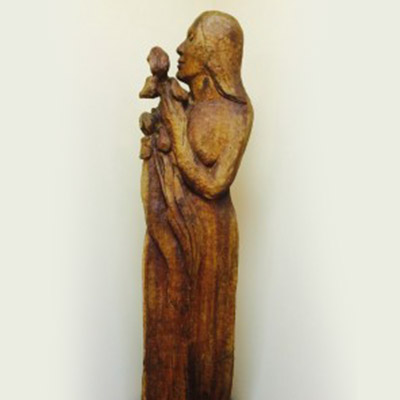Max Pensky, co-director of the Institute for Genocide and Mass Atrocity Prevention, will moderate a webinar titled “The United States Southern Border as an Atrocity Prevention Site.” Link to Zoom meeting here.
–
Binghamton University will host Hostile Terrain 94 (HT94), a participatory art project raising awareness of those who have died while crossing the United States/Mexico border. The exhibit opens in the Grand Corridor of the Fine Arts building, on campus, starting Oct. 1, and will be accompanied by student participation and a panel discussion. This exhibit is free and open to the public.
Since 1994, a US policy to deter undocumented border crossers has transformed the southern Arizona desert into a killing field. Over 3,200 people have died of dehydration, exposure and violence as a direct result of the US “Prevention Through Deterrence” (PTD) policy. PTD channels undocumented border crossers away from populated areas into the “hostile terrain” of a harsh and arid desert landscape. Here, they frequently die of exposure, hypothermia, dehydration, and violence, and the desert is complicit in hiding and scattering their remains.
HT94 was developed by the Undocumented Migration Project (UMP), a non-profit research-art-education-media collective directed by UCLA anthropologist Jason De León. The exhibit is being mounted simultaneously at over 150 national and global institutions. The interactive exhibit invites volunteers to write the names of deceased migrants, along with their age, sex, cause of death, condition of their body and location of their recovery, on color-coded toe tags. Yellow tags represent people whose remains have been identified, while orange tags symbolize nearly 1000 unidentified individuals. These tags are then geolocated and pinned to a wall map of the desert showing the exact locations where remains were found. On the completed map, the mass of 3,200 colored tags graphically illustrates the severity of the crisis.
Schedule of events:
● Sept. 28-30, 10 a.m.-6 p.m. Students will assist in filling out toe tags in the Fine Arts Memorial Courtyard, on campus.
● Oct. 1, 5-7 p.m. An online conversation about the exhibit featuring Binghamton faculty, students and guest speakers will take place over Zoom.
● Oct. 1-17. The exhibit will be on display in the Grand Corridor of the Fine Arts building.
● Oct 12, 3-4:30 pm. Max Pensky, co-director of the Institute for Genocide and Mass Atrocity Prevention, will moderate a webinar titled “The United States Southern Border as an Atrocity Prevention Site.”
● Oct. 19. The exhibit will open at the University Downtown Center, where it will be on display through the end of the fall semester.
More information about this international project can be found here: https://www.undocumentedmigrationproject.org/hostileterrain94



